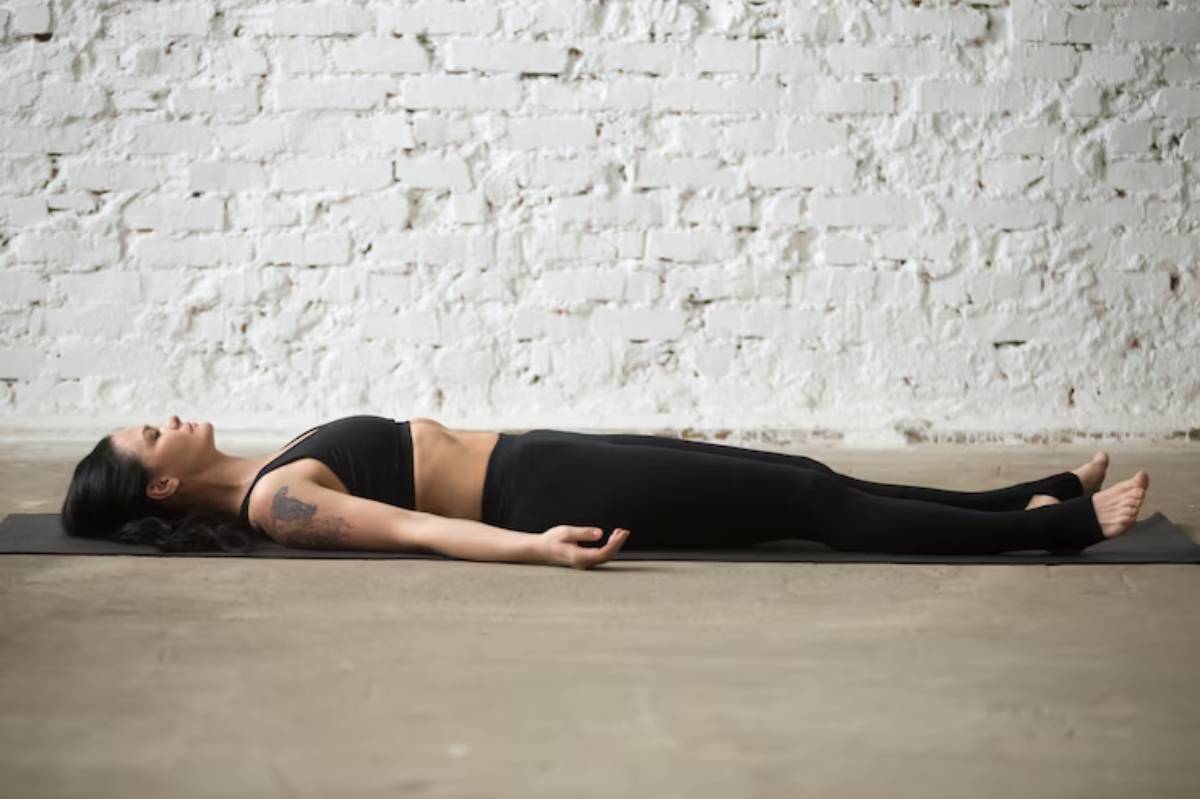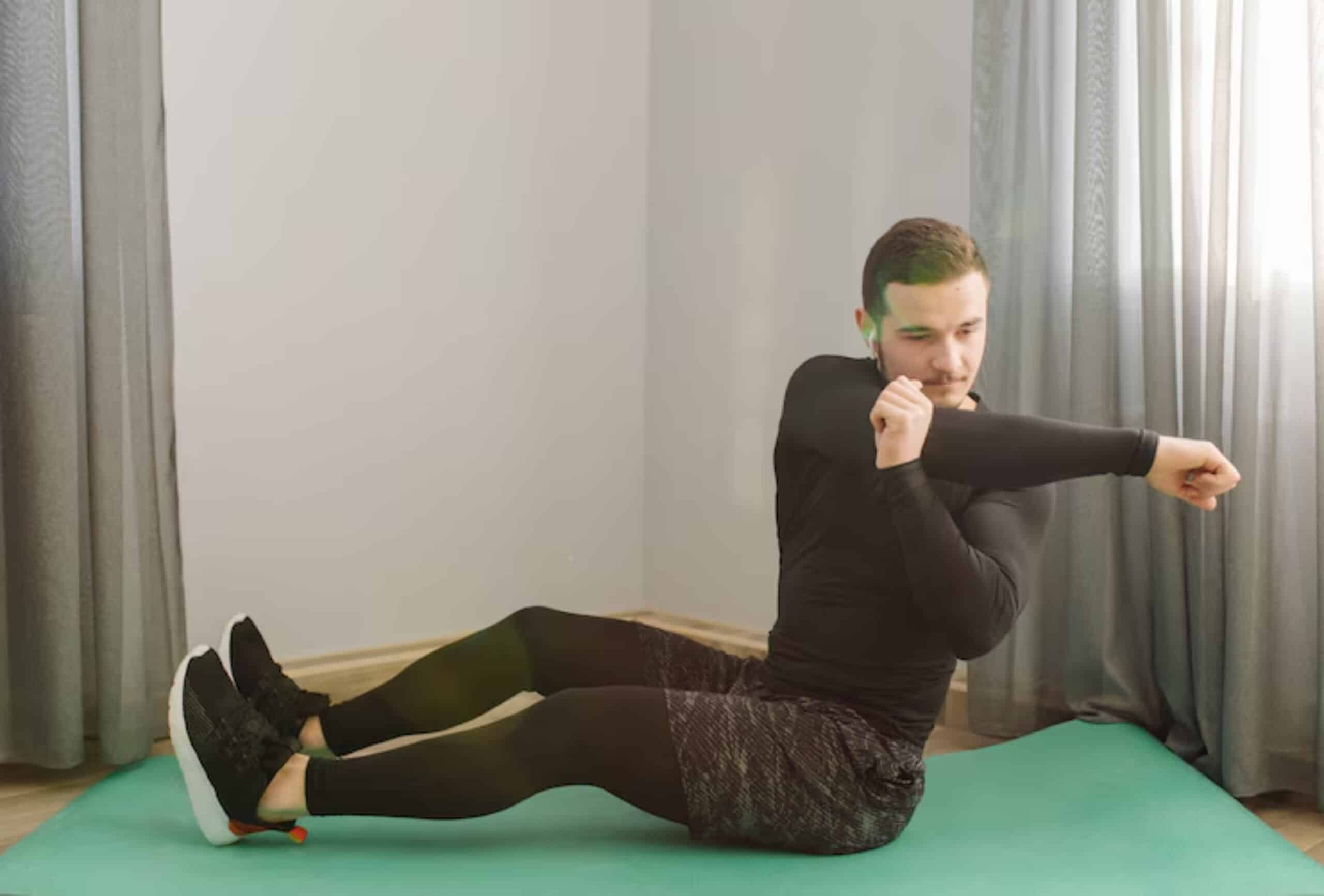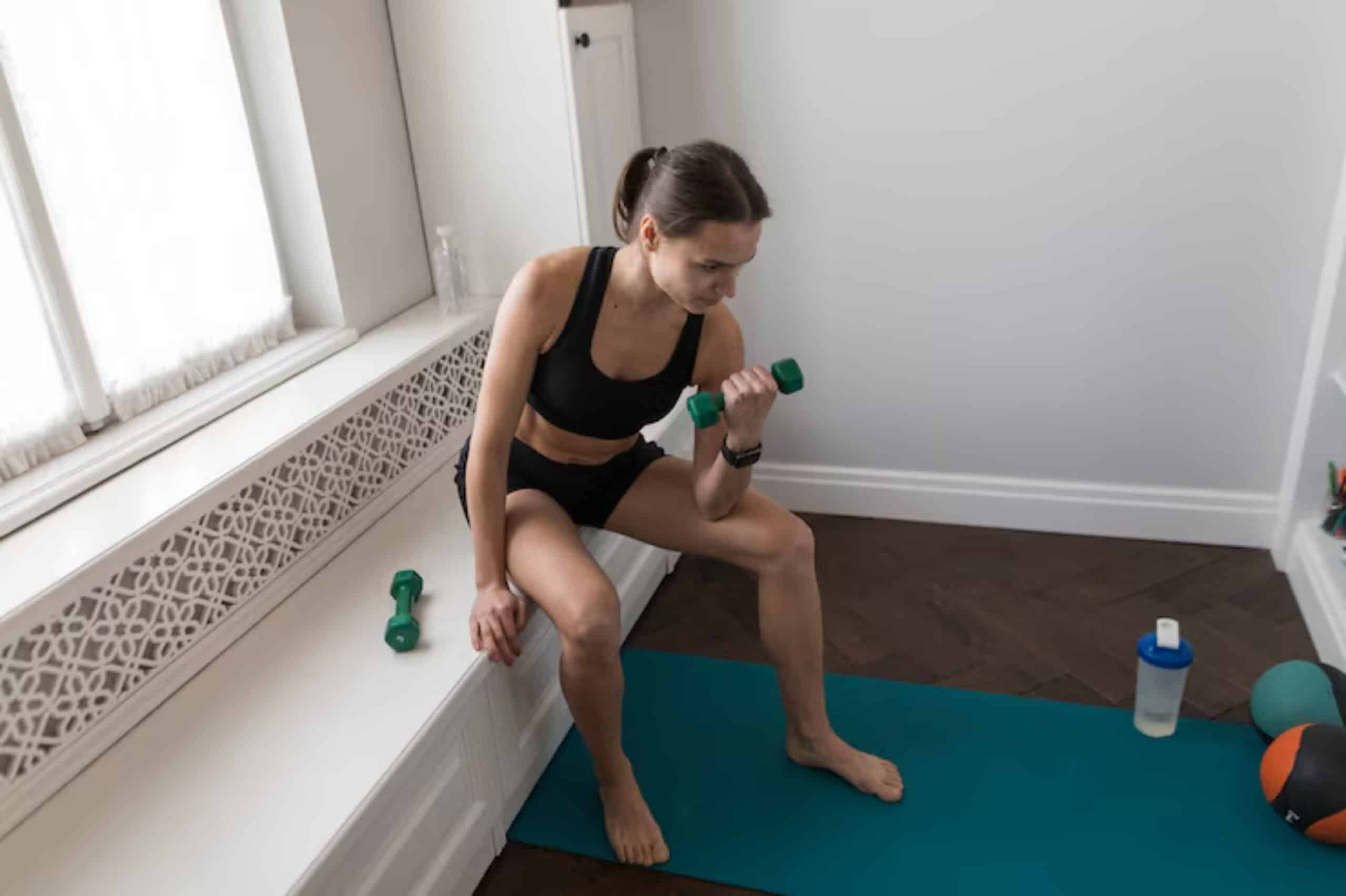
Weighted Yoga: Should You Add Dumbbells?
Yoga has long been seen as a practice rooted in breath, flexibility, and inner balance. But lately, you might’ve noticed a new trend cropping up in classes and online flows: practitioners incorporating dumbbells into their yoga practice.
Is this a fusion worth embracing? Or does it risk diluting the essence of yoga?
The truth lies somewhere in between—and it’s fascinating. Yoga with weights, often called weighted yoga or strength-enhancing yoga, offers an opportunity to deepen strength and mindfulness. Done properly, it builds resilience, balance, and functional power without sacrificing the mind-body connection.
In this guide, we’ll explore:
- What weighted yoga is (and isn’t)
- The real benefits of adding dumbbells to your flow
- Best practices, safety considerations, and power yoga equipment tips
- A full workout sequence and real-world examples
If you’re curious about upgrading your practice or exploring yoga in a new light, this post is for you. Let’s lift more than just your spirits.
What Is Weighted Yoga?
Weighted yoga blends traditional yoga postures with light resistance training, typically using handheld dumbbells (1–8 kg). It’s not about bulking up — it’s about adding intentional load to increase challenge, control, and muscular recruitment.
This isn’t HIIT. It’s still yoga — with a mindful, controlled focus. But with weights, every transition, hold, and breath demands more from your muscles and your mind.
You Might Use Dumbbells To:
- Increase difficulty in poses like Warrior or Chair
- Engage stabilising muscles more deeply
- Strengthen shoulders, back, arms, and legs
- Elevate heart rate with added metabolic load
Weighted yoga is sometimes mistaken for “fitness yoga” — but done correctly, it retains the core elements of alignment, breath, and intention.
Benefits of Strength-Enhancing Yoga
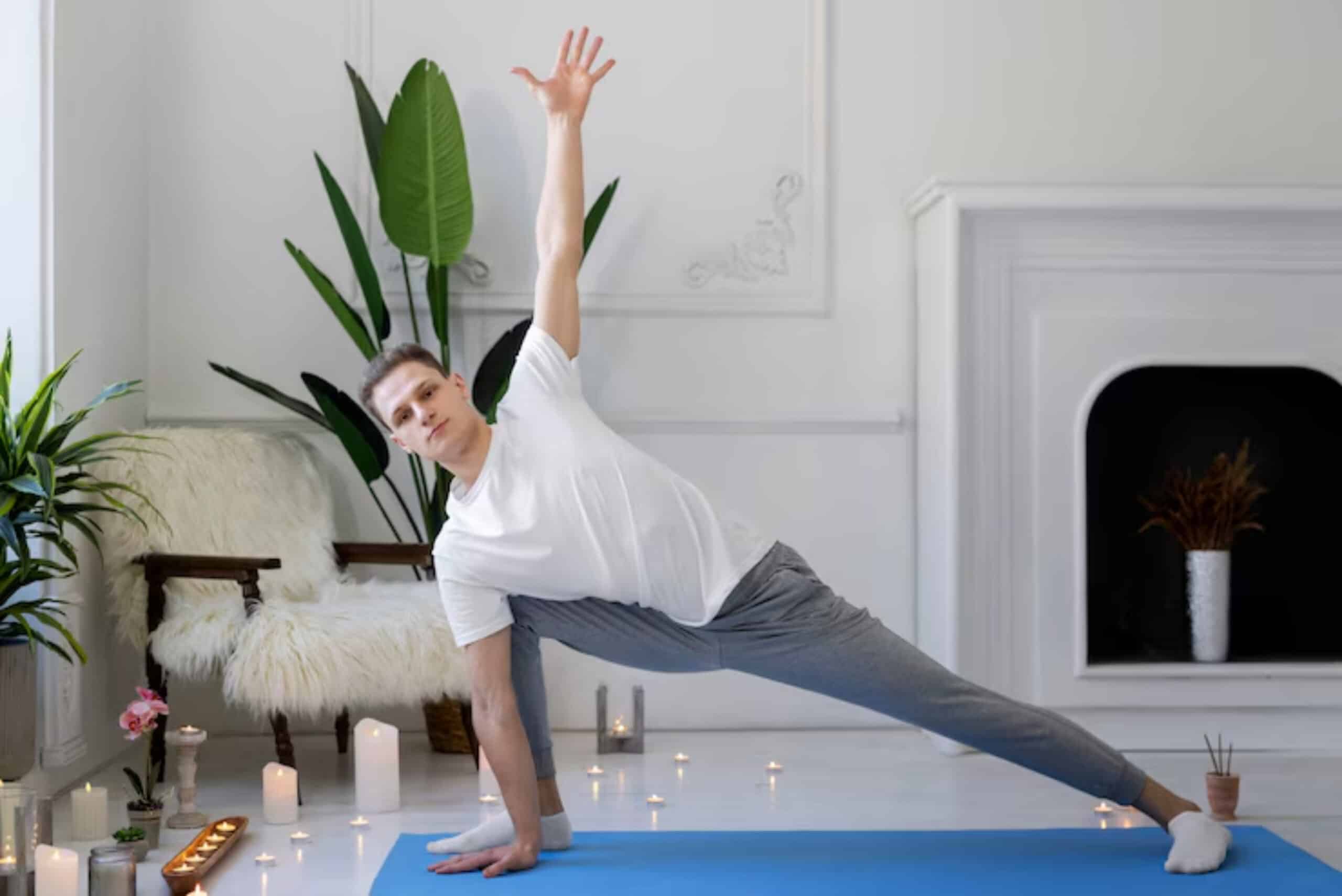
Adding dumbbells to your practice unlocks a new level of physical and mental challenge.
Increased Strength
Weights stimulate progressive overload, helping you gain muscle tone and power over time, especially in the upper body, which yoga alone doesn’t always target deeply.
Improved Bone Density
Resistance training is known to improve bone health — a major win for women over 40 and anyone concerned about osteopenia or osteoporosis.
Enhanced Core Stability
Weights force the core to stabilise more during transitions and holds. Expect better posture, balance, and spinal support.
Boosted Metabolism
Adding resistance turns yoga into a strength-plus-cardio hybrid, increasing calorie burn and post-workout afterburn (EPOC).
Mind-Muscle Connection
The weight brings awareness to underused areas, helping you focus on proper form, alignment, and intention.
Bonus: It’s highly customisable. Whether you use 1 kg or 5 kg, you control the intensity.
Who Should Try Yoga with Weights?
Weighted yoga is suitable for:
- Experienced yogis seeking to build strength
- Athletes wanting functional mobility and load
- Strength trainers adding breath and flexibility
- Beginners who understand body mechanics
It’s not ideal for:
- Absolute yoga beginners
- Anyone with serious shoulder or wrist injuries
- Pregnant individuals (without medical clearance)
Always consult a qualified instructor or physiotherapist before starting a new resistance programme.
Best Power Yoga Equipment for Weighted Practice
Dumbbells (1–8 kg)
- Choose neoprene-coated or hex dumbbells to prevent rolling
- Start light; 2–4 kg is perfect for most flows
Wrist Weights (0.5–1 kg)
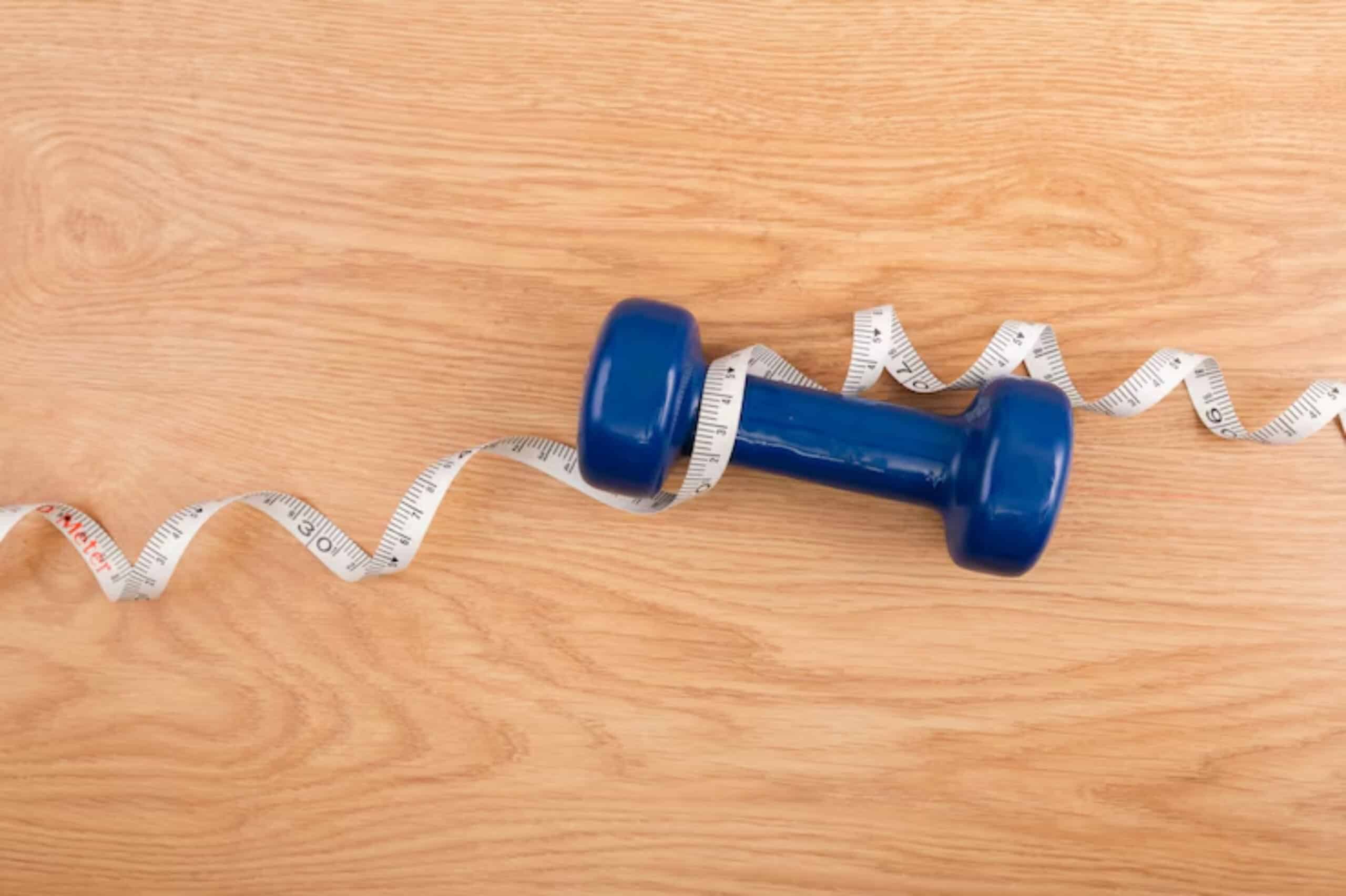
- Great for increasing the challenge without gripping
- Ideal for standing flows or balance work
Resistance Bands
- Pair with weights for compound challenge
- See Using Resistance Bands with Yoga for Added Strength
Yoga Mat with Extra Grip
- Prevents slipping during weighted moves
- Choose a mat with at least 5 mm of cushioning
Yoga Blocks
- Useful for alignment in loaded postures
- Helps maintain form when fatigued
Key Safety Guidelines for Weighted Yoga
Yoga with dumbbells is safe when practised with awareness and moderation.
DO:
- Warm up thoroughly
- Start with light weights and increase gradually
- Focus on form, not speed
- Use breath to control movement
- Choose slow, controlled flows
DON’T:
- Use heavy weights that compromise balance
- Rush through transitions
- Hold weights during spinal twists (risk of torque)
- Push through pain — discomfort is a signal
Tip: Drop the weights anytime and return to bodyweight yoga. Your flow, your rules.
Top Weighted Yoga Moves to Try
These exercises blend classic yoga poses with dumbbell enhancement. Perfect for building a strength-enhancing yoga session.
1. Chair Pose with Dumbbell Press
- Hold dumbbells at your shoulders
- As you sit into the Chair, press weights overhead
- Strengthens: glutes, quads, shoulders
2. Warrior II with Bicep Curl
- Hold weights down by your hips
- As you flow into Warrior II, curl your arms as you exhale
- Strengthens: legs, arms, core
3. Boat Pose Dumbbell Twist
- Hold 1 dumbbell with both hands
- Twist slowly side to side, keeping knees bent or extended
- Strengthens: obliques, hip flexors, core
4. Bridge Pose with Chest Press
- Lie on your back, hips lifted, dumbbells in hand
- Press weights overhead as you hold the bridge
- Strengthens: glutes, hamstrings, chest
5. Lunge to Overhead Press
- Step into the lunge, press weights overhead
- Return to standing and repeat
- Strengthens: legs, shoulders, core
6. Reverse Warrior with Front Raise
- Hold weight in the front hand
- As you reverse, lift your arm forward and up
- Strengthens: legs, delts, back
Curious about integrating dumbbells into flow? See How to Combine Yoga With Weight Training.
Sample 30-Minute Weighted Yoga Flow
Warm-Up (5–7 mins)
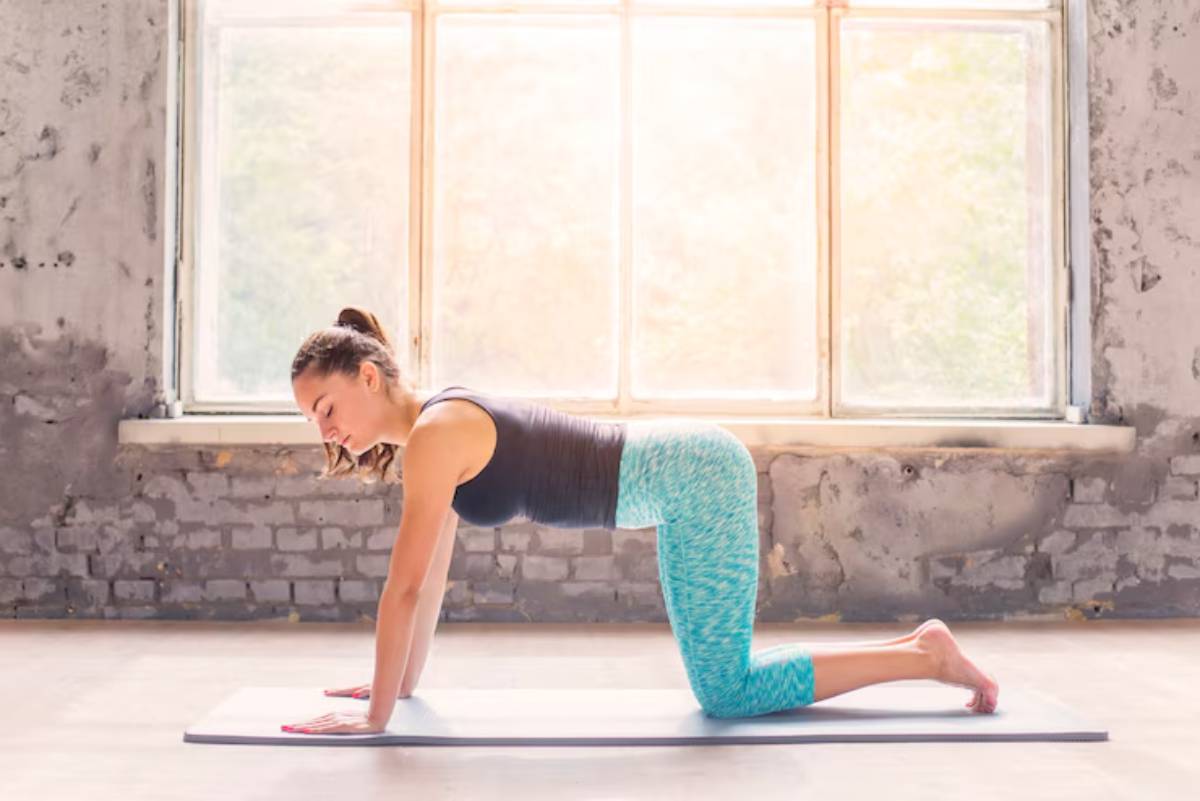
- Cat-Cow
- Downward Dog
- Sun Salutation A (2 rounds, no weights)
Strength Flow (20 mins)
- Chair Pose with Dumbbell Press – 8 reps
- Warrior II with Bicep Curl – 5 reps each side
- Lunge to Overhead Press – 5 reps per leg
- Bridge Pose with Chest Press – 10 reps
- Boat Pose Twist – 10 total twists
Cooldown (3–5 mins)
- Seated Forward Fold
- Supine Twist
- Savasana (no weights)
Repeat 2–3 times per week for full-body tone and endurance.
Real-Life Example: Priya’s Weighted Yoga Transformation
Priya, a 29-year-old graphic designer, was tired of juggling separate strength training and yoga sessions. “I loved how yoga made me feel — but I missed the muscle burn,” she says.
After discovering weighted yoga through a 20-minute YouTube flow, she began practising three times a week with 3 kg dumbbells.
“Within a month, my arms felt stronger, my back pain eased, and I was actually looking forward to workouts,” she shares. “I now build my week around these hybrid sessions.”
Priya continues to blend yoga with resistance training — not as a replacement, but as an enhancement.
Common Mistakes to Avoid in Weighted Yoga
- Going too heavy too soon: Start light. Focus on form.
- Skipping breath control: Breath is still central in yoga.
- Letting momentum do the work: Stay slow and intentional.
- Overtraining one area: Mix upper, lower, and core movements
Always listen to your body. Weighted yoga is about enhancement, not exhaustion.
How to Incorporate Weighted Yoga Into Your Routine
Option 1: Dedicated Strength Flow (20–30 mins)
Use weights in a full-body sequence like above, 2–3x a week.
Option 2: Add to Existing Flow
Sprinkle dumbbell moves into your normal flow. Try:
- Chair with presses
- Warrior II with curls
- Boat with twists
Option 3: Finishers
Add 1–2 weighted poses at the end of your practice for a strength-focused finish.
Want a structured approach? Check How to Structure Your Week With Yoga and Strength Workouts.
Conclusion: Stronger, Smarter, Still Centred
Yoga with weights isn’t a gimmick — it’s an evolution. By combining strength with flow, we enhance not just the physical body, but the discipline, focus, and presence that yoga offers.
You don’t need to lift heavy. Just enough to deepen awareness, spark new challenges, and support your long-term health.
Time to Weigh In
Are you curious to try weighted yoga? Start with one dumbbell. Add it to Chair, Warrior, or Bridge. Notice how your focus shifts and how your body responds.
